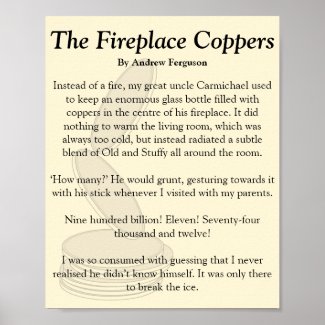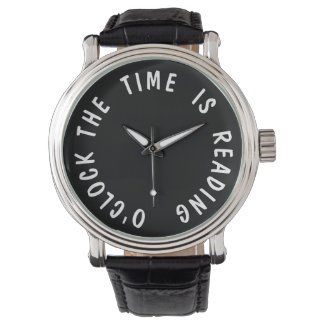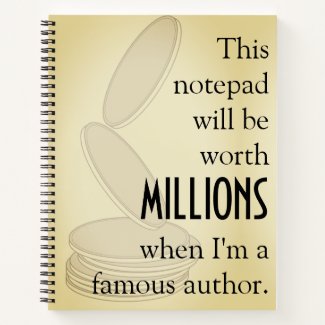Gleaning Ideas from Other Stories

Originally published 15/04/2018
Every story, good or bad, starts with an idea. Before you can have a plot, characters or any of that other wonderful stuff, you must have an idea. This we know. We also know that plot bunnies can sometimes pop up at the darnedest times and provide you with a wealth of truly original material with which to create your masterpiece.
But what do you do when the Idea Tree stops putting out its juicy fruit?
Easy.
Glean ideas from someone else’s story.
No, don’t look at me like that! I’m not for one second advocating plagiarism. That’s illegal and rightly so. But reading other people’s books and watching other people’s films can be a great place to find ideas. In fact, you’ll never read/watch/listen to a story of any kind that doesn’t contain at least a few ideas. Even really bad stories still have ideas embedded within their pages which can be used, reused and used again without any risk of plagiarism, so it’s worthwhile learning how to find them and make them work for you.
It’s also worth being clear on what you absolutely shouldn’t do. It’s all very well watching Star Trek and deciding you want to write a novel about space exploration, but it is not okay to write a story about a pointy eared, emotionless man from the planet Vulcan’t who explores the galaxy on the Confederate Starship USS Business. CBS would have every right to hunt you down and pinch your neck sue your face off if you try that. Moreover, it’s okay to read a Batman comic and decide you want to write about a masked vigilante, but I would think twice about making it a millionaire who operates from a secret cave and wears black rubber and a cape. The line between originally and plagiarism can sometimes be fuzzy, so the best advice I can give is to stay far, far away from this kind of obvious idea stealing. Remember, the goal is to get inspired, not to copy. And there’s an art to it.
Think about the last story you read/saw/heard, whether good or bad. For me, it was the Star Trek: The Next Generation episode ‘The Most Toys’. Not my favourite episode by any stretch of the imagination, but that doesn’t matter. We’re going to break it down and squeeze it for every last juicy idea droplets we can and turn those into something good and original. Begin deconstructing the story by asking yourself some basic questions about the plot, characters and themes. Simple stuff like:
Q: Who are some of the key characters?
A: Data, an emotionless android Starfleet officer; Fajo, a cruel and irreverent collector of rare items; Varria, Fajo’s long-suffering slave-come-mistress.
Q: What was the basic plot?
A: Data is kidnapped by Fajo and forced to perform as his latest museum piece. Data refuses to perform and, recognising how Varria has come to loathe Fajo, enlists her help in escaping his captor.
Q: What are some of the key themes?
A: Greed, pacifism, physical and psychological violence against women/domestic abuse, deceitfulness
Q: Any other interesting facts about this story?
A: The title comes from the expression ‘he who dies with the most toys, wins’. This expression emphasises the ultimate futility of humanity’s obsession with accumulating things in the face of our inevitable mortality.
And that’s just for starters. I haven’t even begun to consider settings, minor characters, motives/goals/conflicts or some of the more subtle themes buried throughout the story but I used the questions above just as a demonstration. Your aim here is to deconstruct the story to the nth degree, thus drawing out as much raw material as you can.
Don’t worry about whether or not the themes or character motives are “really” in the story or not. All that matters is that you amass as much raw material as you can and take a note of it. If you’re like me, you’ll probably find it helpful to pool all this material together into one place (in my case, a Scrivener project in which I dump all my loose bits of idea).
Now all you need to do is take some of those individual idea bits and try to turn them into something new. Do a bit of zero drafting or free writing based on what you’ve come up with. For example, the material I gleaned from ‘The Most Toys’ could inspire me to write a story about:
- A slave trying to escape his owner who sees him only as property.
- A woman trying to escape an abusive relationship.
- A woman who, perhaps fearing for her own life, murders her abusive partner.
- A robot trying to establish his rights as a sentient being.
- Capital punishment. Is it ever morally justifiable to kill?
- A robot judge in a criminal court.
- A museum where the exhibitions include living people (perhaps from a particular culture or race which that particular society views as inferior?), forced to perform for paying clientele.
Furthermore, by pooling these ideas together with ideas you have extracted from other places, you can mix and match ideas to come up with even more original and interesting stories. Ultimately, no idea is truly original. When you break them down, you’ll find common themes and recurring motifs in almost every story you ever come across. So be sure to pick up all the gleanings from every story you come across. Before long, you’ll have an endless supply of raw material that you can work into something original.
Follow Penstricken on Twitter, Tumblr, Pinterest and like Penstricken on Facebook.
Looking for a gift for the author or fiction lover in your life?
Check out the Penstricken Zazzle store!
Want a blog of your own? Start writing today with WordPress.com!
AUTHOR INTERVIEWS:
Unfortunately, I am unable to take on any more author interviews or solicited book reviews at this time.
You can check out our previous interviews here:
- Sharleen Nelson, author of The Time Tourists [2]
- D. Wallace Peach, author of the Shattered Sea duology [2]
- Jacob Klop, author of Crooked Souls
- H.L. Walsh, author of From Men and Angels [2]
- G.M. Nair, author of Duckett and Dyer: Dicks for Hire
- Georgia Springate, author of Beyond
- S.E. Morgan, author of From Waterloo to Water Street
- Megan Pighetti, author of Fairy-Tailed Wish [2]
- Nancet Marques, author of Chino and the Boy Scouts [VIDEO]










